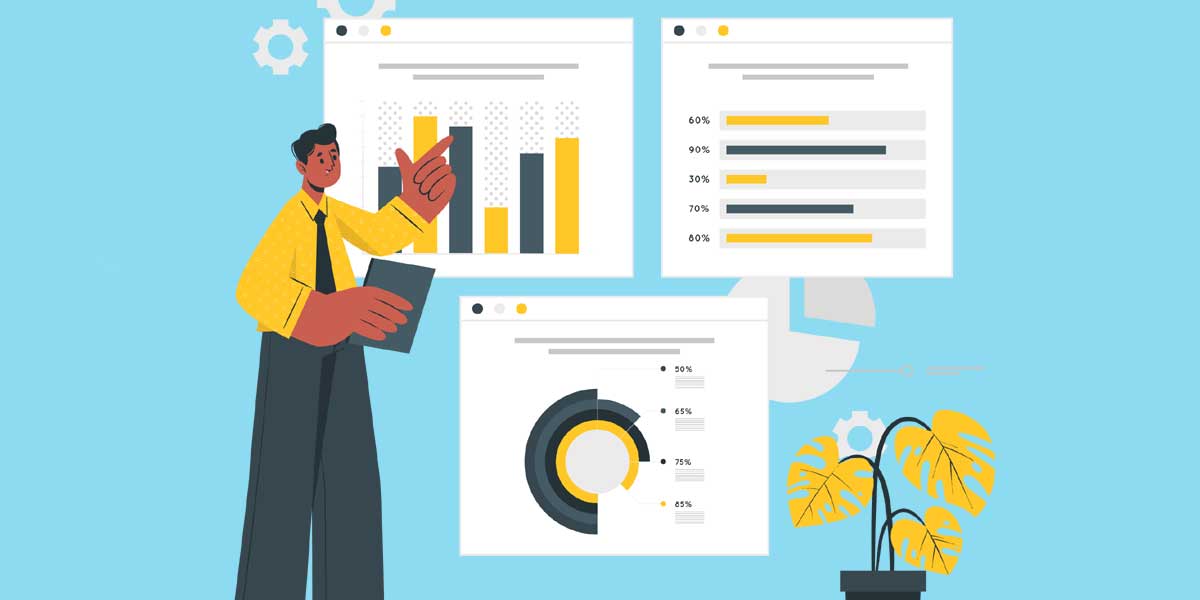Why and How Should Infographics be Translated?

The terms "information" and "graphic" have been combined to generate the term "infographic". What purposes do infographics serve? As per the translation agency in Delhi, Infographics are modern telecommunication tools that use data visualization to convey information. These tools enable you to add significance to your material using graphics, animations, text, or symbols; this aids readers in quickly recalling all the information.
This method is widely used nowadays since so many professionals rely on infographics to communicate their ideas. It's advisable to take infographic translation seriously when translating digital material because they've grown to be an essential part of the marketing plan. Your infographic may be seen and comprehended by a larger audience, and you can overcome the language barrier with a complete translation.
The intended audience, the theme, and the data you want to present are some important aspects to consider while making an infographic. To prepare for all of these factors, you need to undertake a market analysis. The layout and tone of your infographic are up to you to decide next.
Infographics come in a wide variety of formats, such as statistical ones that present data visually, instructional ones that explain a subject, comparison infographics that display one hierarchy beside another, and many others.
Why are infographics translated?
If the pictures on a website or in a visual presentation are not also translated, the translation is not complete. Infographics that have been translated can help clients in a number of ways:
You make your company message more prominent so that a global audience may absorb it more rapidly and easily. A picture, as they say, is equal to a thousand words. This is why a properly translated infographic may simplify the display of the data and make it easier to grasp for a foreign audience; also, infographic translation can enhance infographics' natural reference on Google or another search engine. Infographics are an integral part of the SEO strategy for a unique website since they increase the website's exposure.
Therefore, it is essential to translate this material if you want to achieve the very same success in a different language browser's search results. Infographics are frequently shared, which raises your profile among the intended audience.
If the photos on your website are also translated, the site will be more attractive and aesthetically appealing. Having infographics in almost the same dialect as the text can make your website more user-friendly and make more sense.
Infographics must be displayed for all of the aforementioned reasons, be it on the website or at conferences with international clients. CHL Localization advises choosing this visual tool if you haven't already.
How are infographics translated?
An infographic is a document that involves both translation and design abilities thus translating one is not always simple:
You require a knowledgeable translator with expertise in translating infographics. If you wish to export your information globally, be sure to translate your infographics as well. Your eyes naturally gravitate toward the picture on a presentation page that has both text and an image.
Viewers frequently skim a paragraph without fully reading it. The significance of a good translation may be shown in the fact that infographics are everything we see next and what we remember. It is crucial to maintain the brand's integrity and its identity while translating information in order to avoid being buried in over-translation.
The layout issues and cultural distinctions between the source language and the target nations must be taken into account by the translator. Infographics with limited space provide a difficulty. In order for the translation to produce an entirely equivalent outcome, it must fit inside the original text's visual structure;
If editing your infographic is difficult, you could engage a specialist that can create a comparable layout. Illustrator, Visual artist and InDesign are the three primary graphic design software packages available for DTP or page layout. These programs, although being improved and easier to use over time, are still difficult for non-professionals to use and need actual graphic design expertise. Infographic creation takes a lot of effort, and the process may get boring very fast.
Depending on the sector in which your business operates, translation company in Delhi, have gathered for you examples of infographic templates that may help you convey your message.